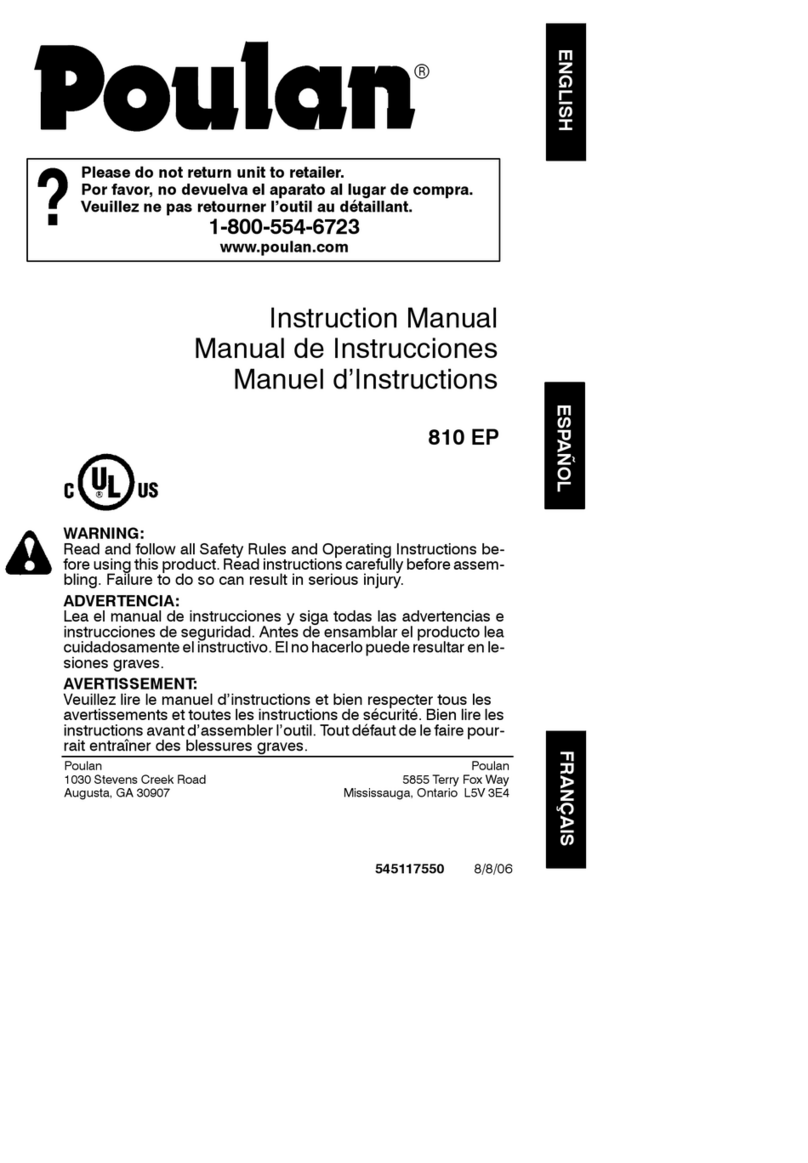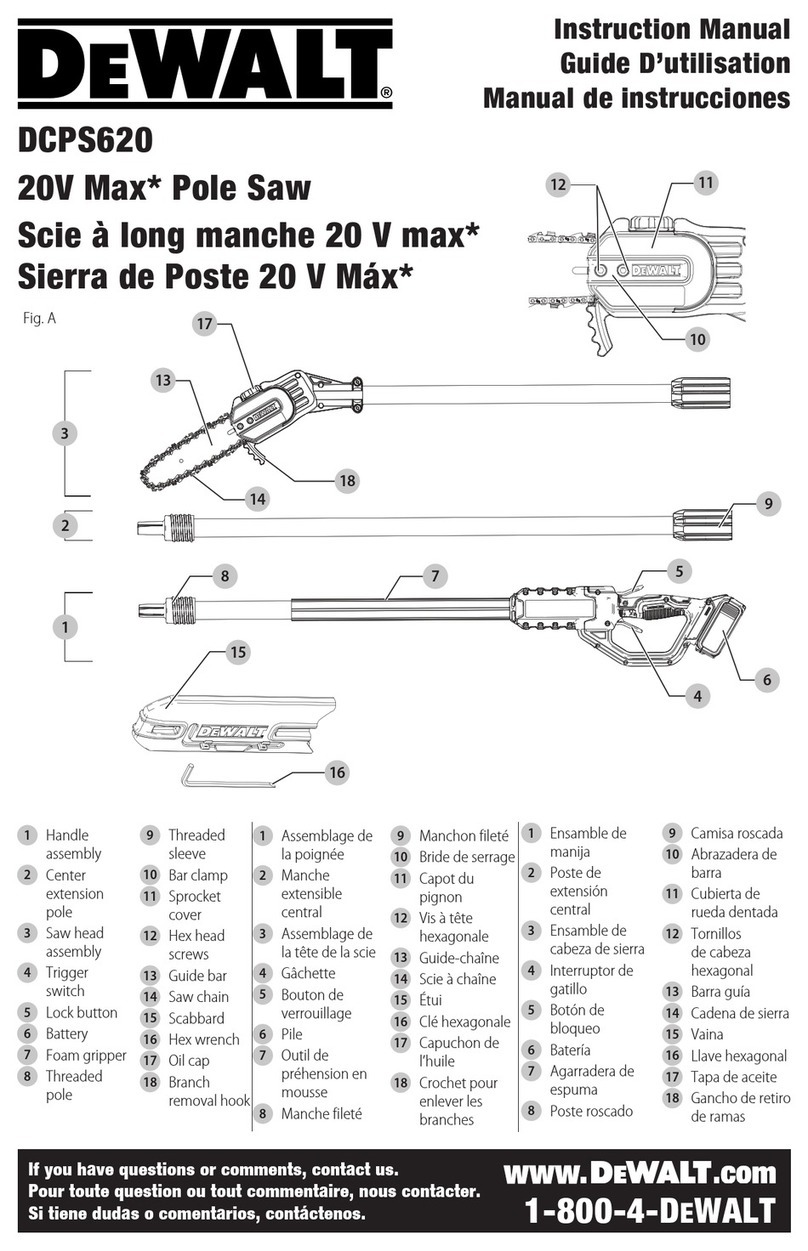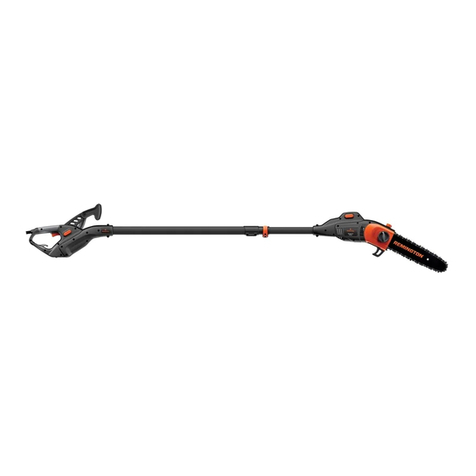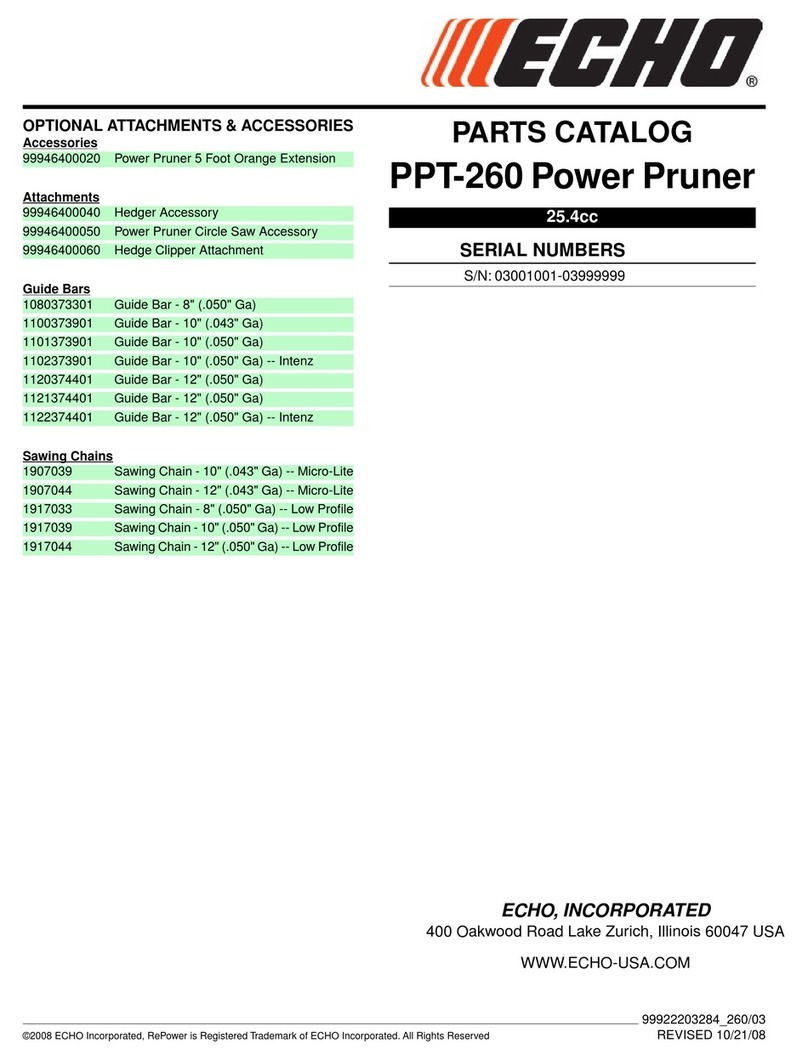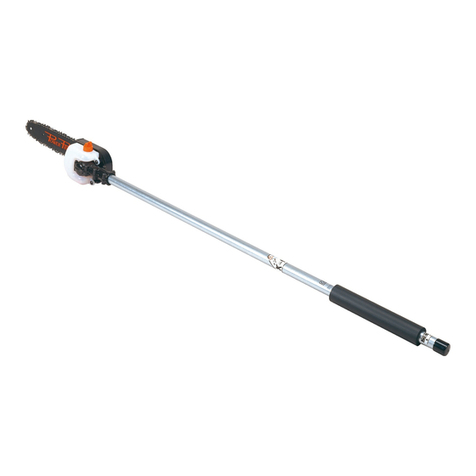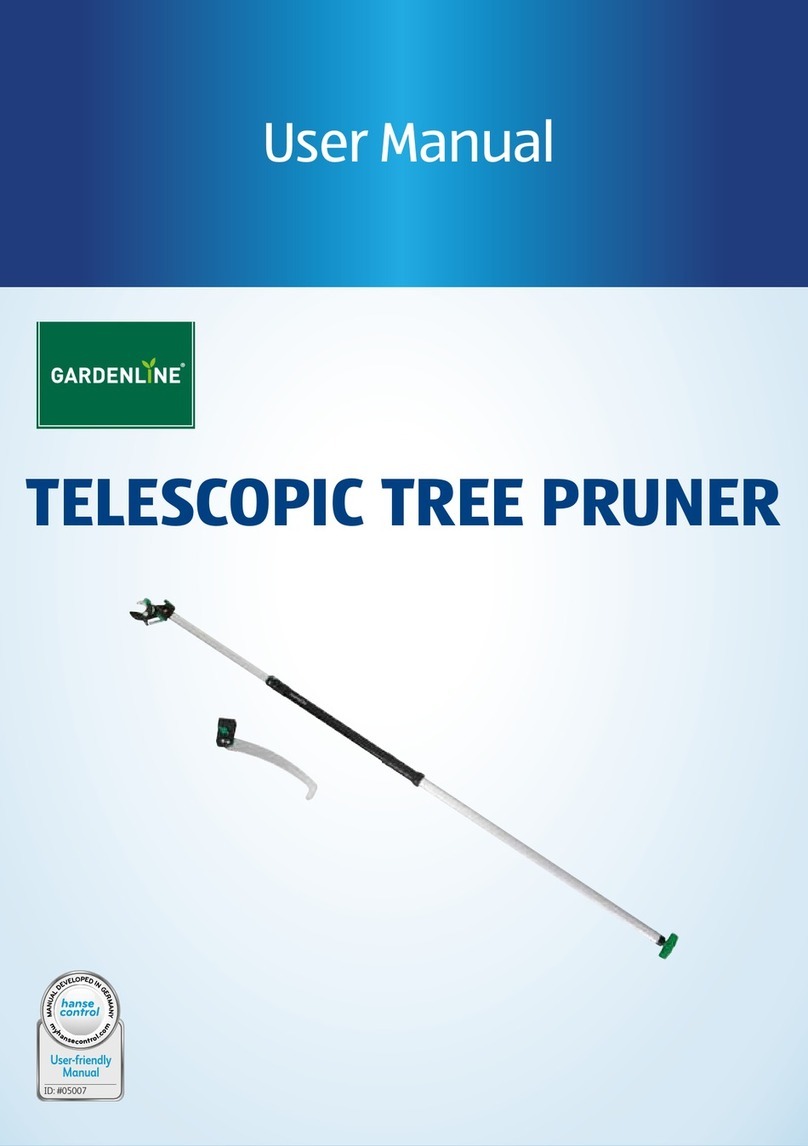Stanley SPS-750 User manual
Other Stanley Pole Saw manuals

Stanley
Stanley CS28 User manual
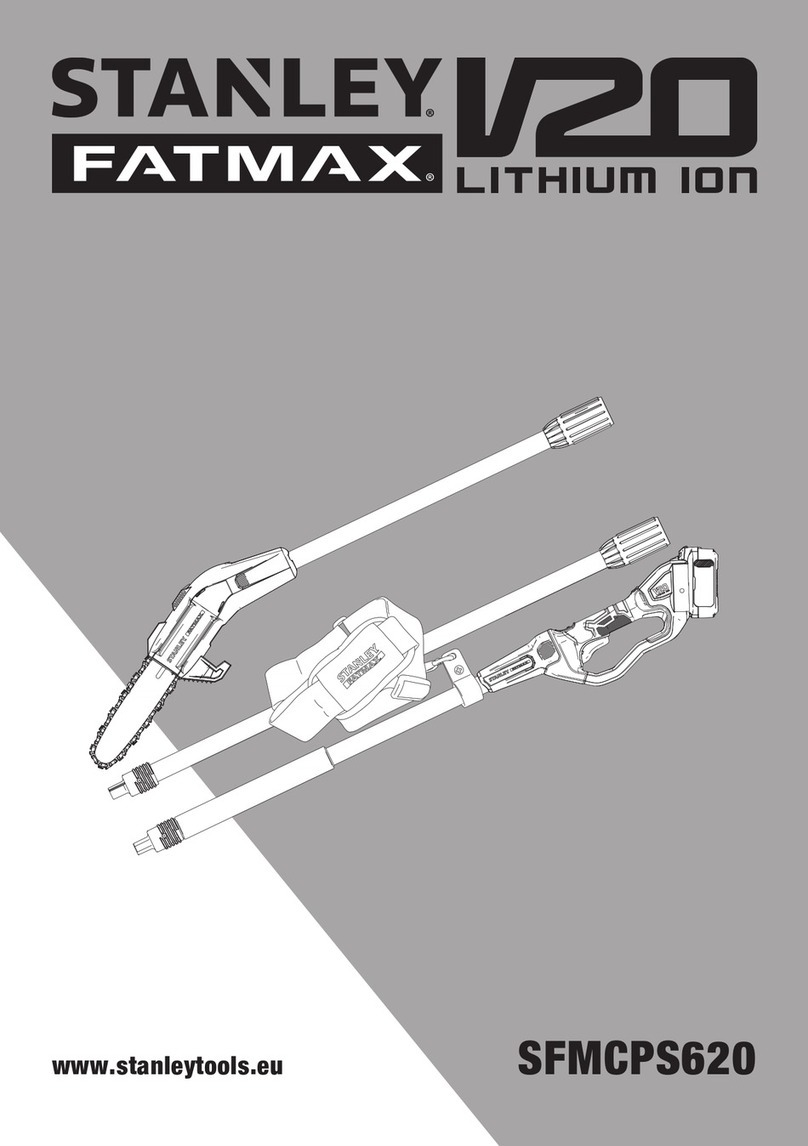
Stanley
Stanley Fatmax SFMCPS620 User manual

Stanley
Stanley Fatmax SFMCPS620 User manual

Stanley
Stanley Fatmax SFMCPP32 User manual
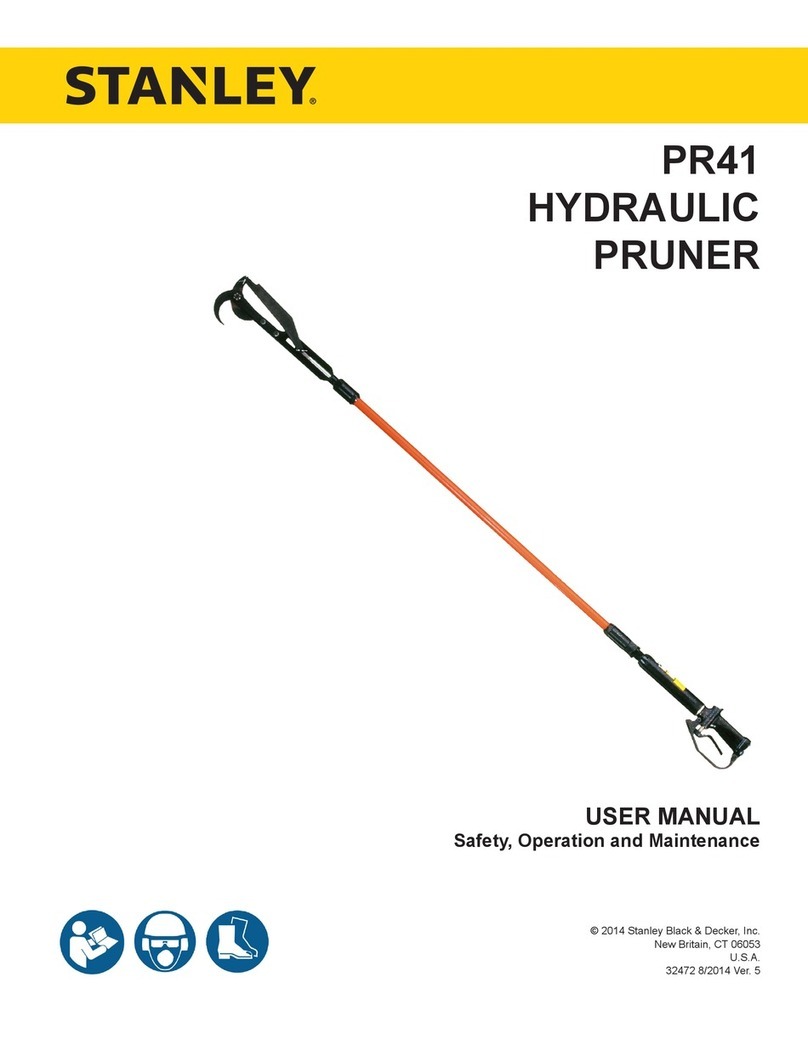
Stanley
Stanley PR41 User manual
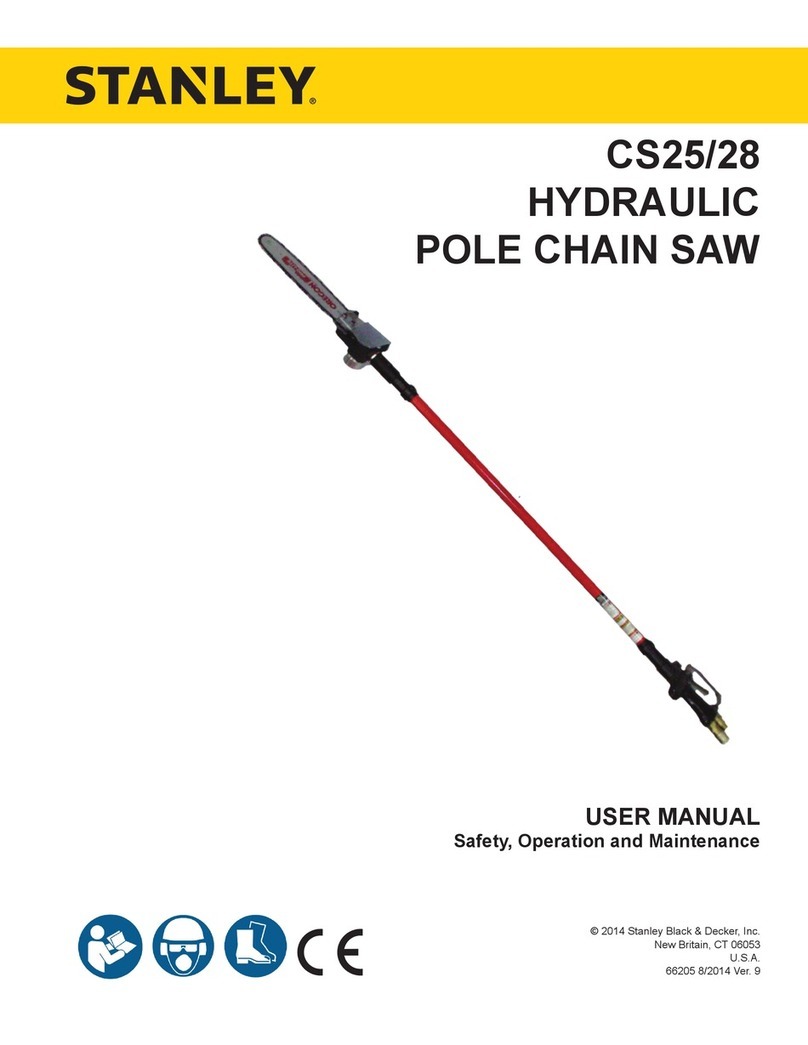
Stanley
Stanley CS25 User manual

Stanley
Stanley PR41 User manual

Stanley
Stanley CS25 User manual
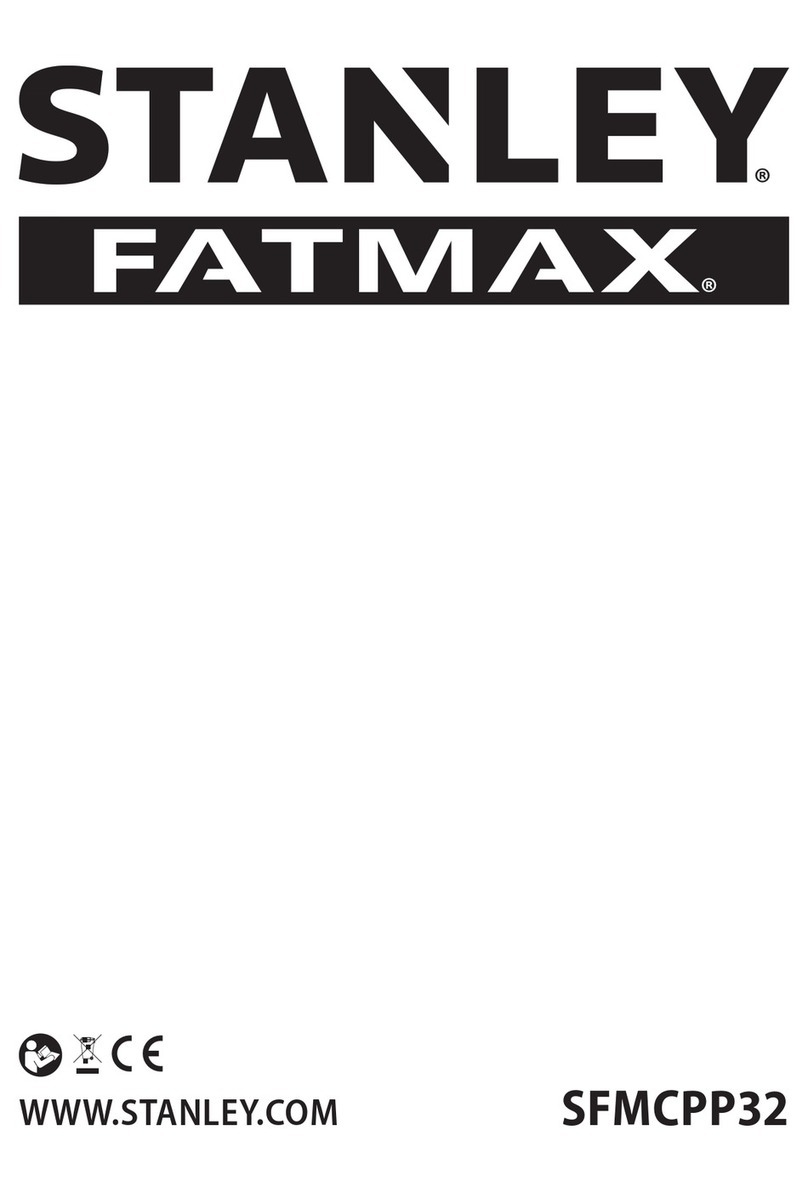
Stanley
Stanley Fatmax SFMCPP32 User manual
Popular Pole Saw manuals by other brands

Poulan Pro
Poulan Pro PP258TP instruction manual

Ryobi
Ryobi RY52004A Operator's manual

Bosch
Bosch UniversalChainPole 18 Original instructions
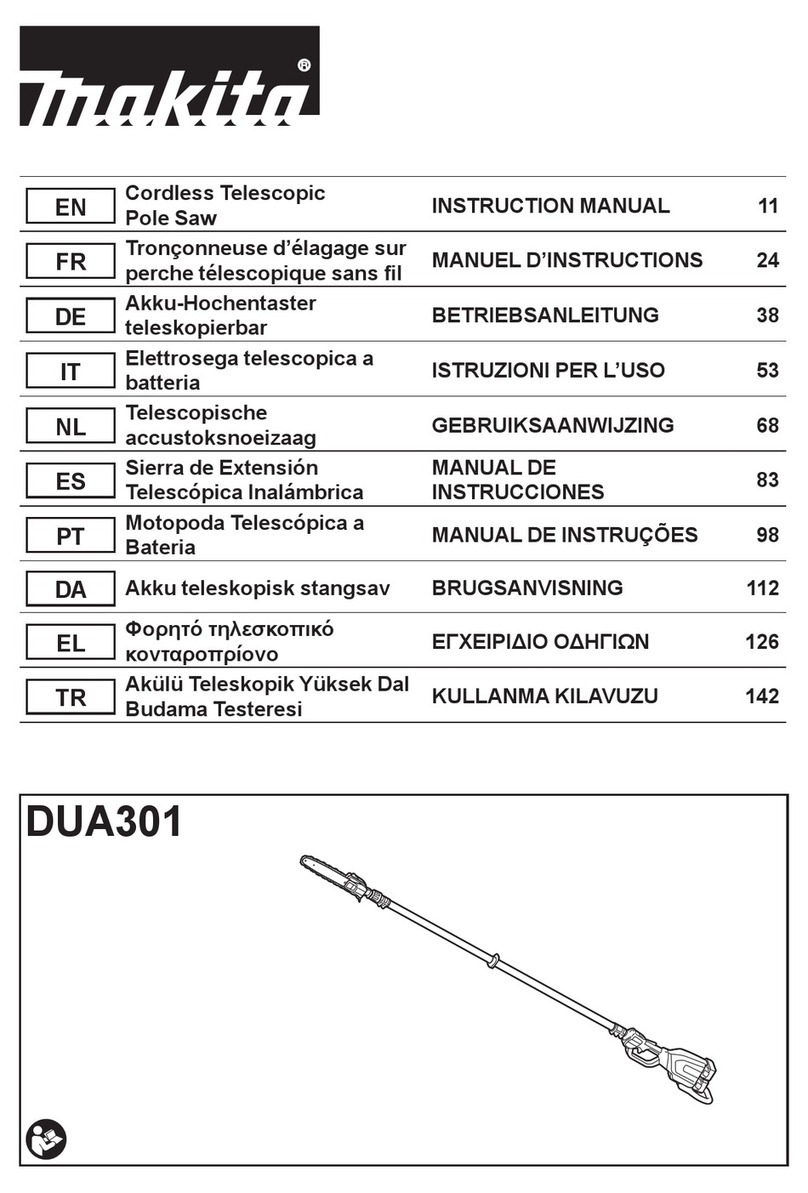
Makita
Makita DUA301PT2 instruction manual
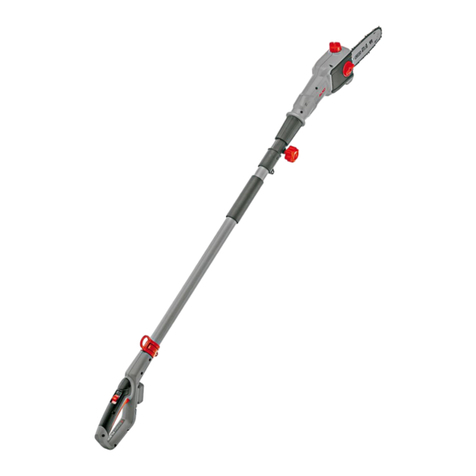
AL-KO
AL-KO CSA 2020 Translation of the original instructions for use
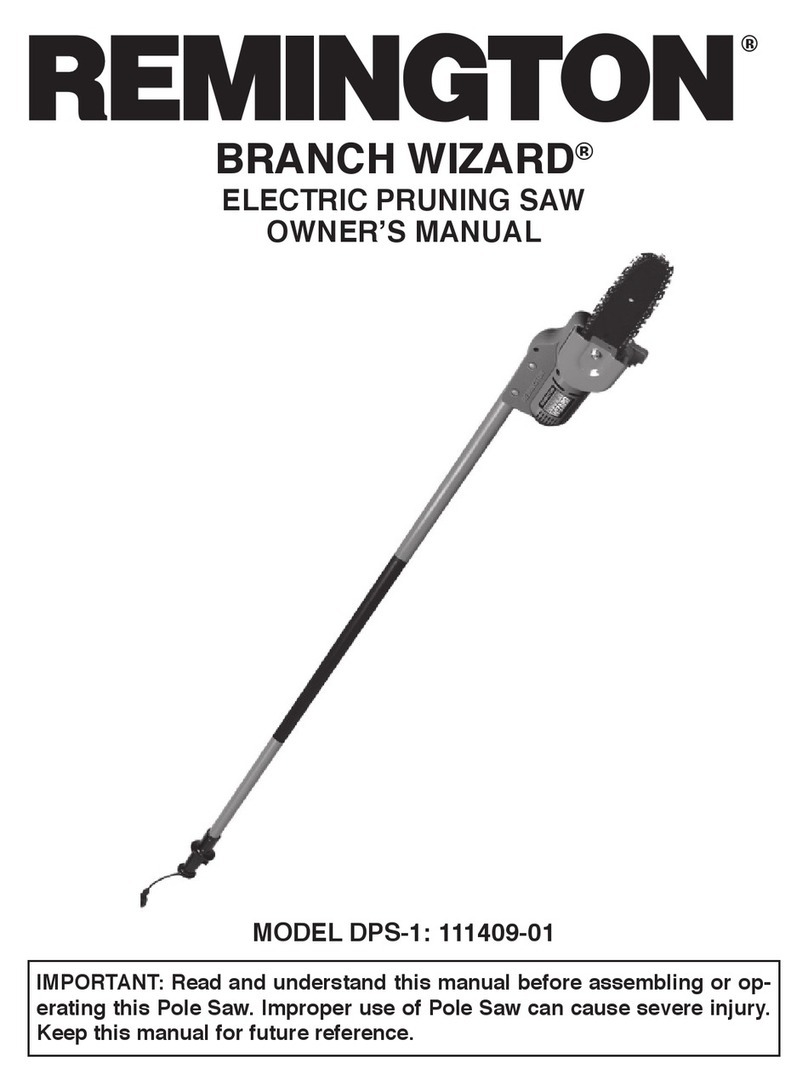
Remington
Remington BRANCH WIZARD DPS-1 owner's manual
